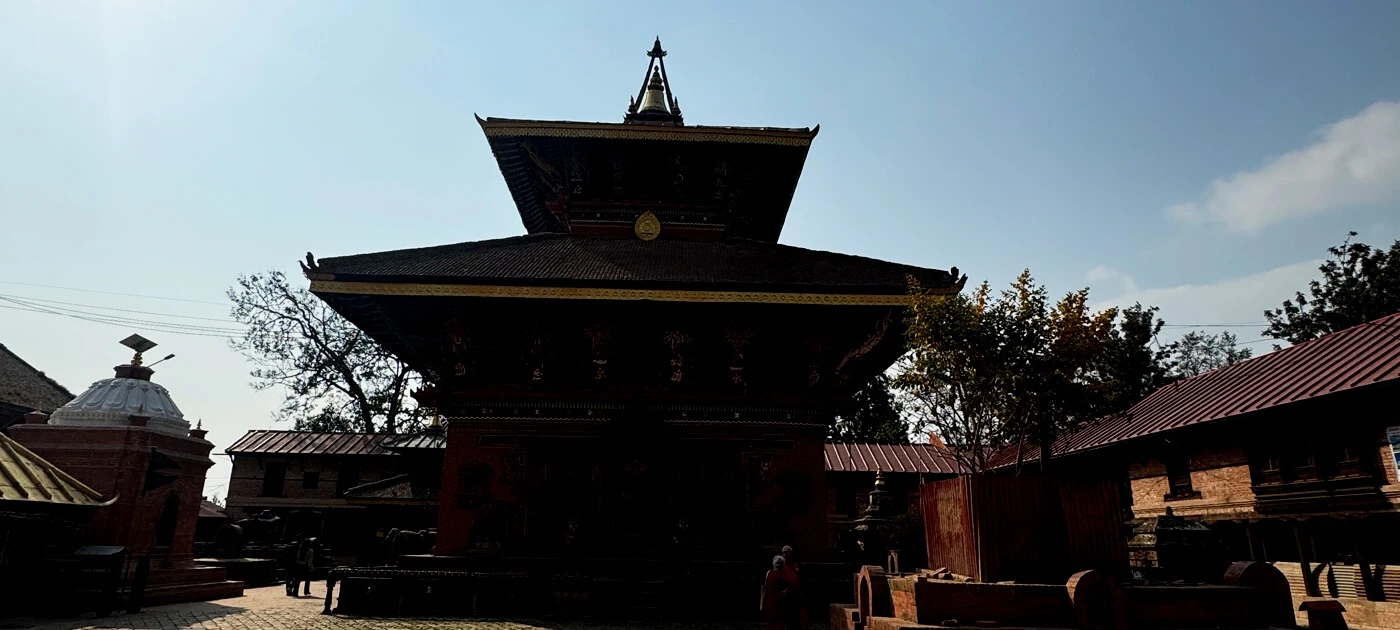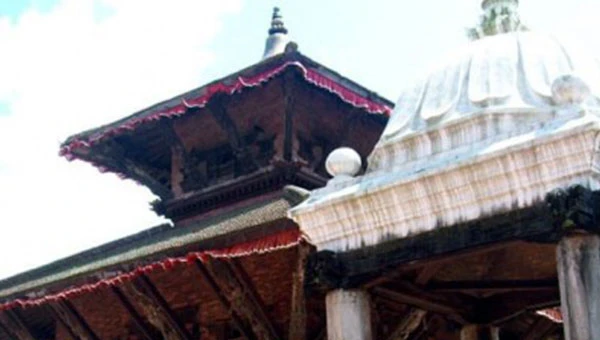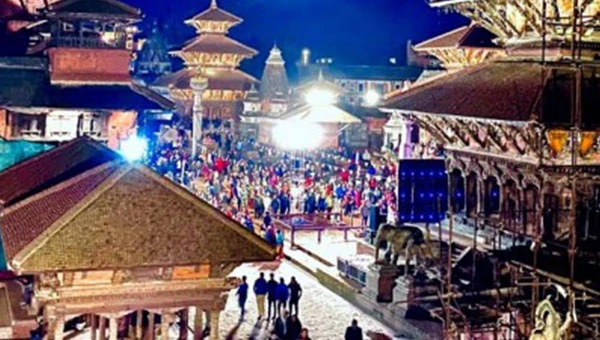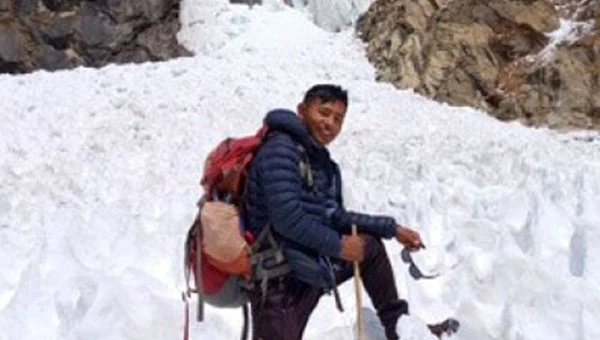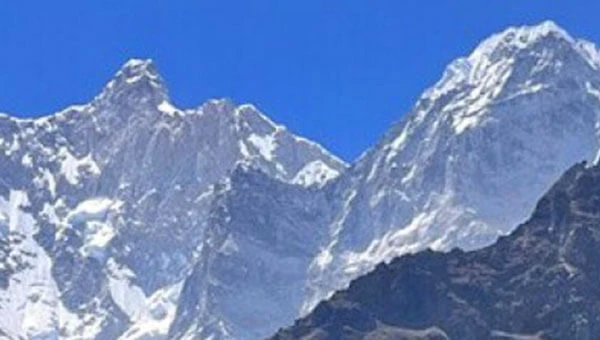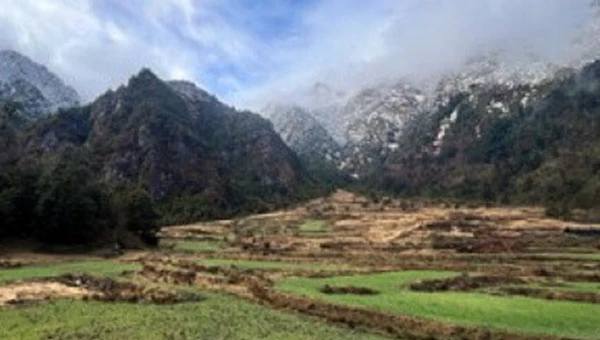Changu Narayan Temple is the temple of the Hindu god Vishnu, who is also called Naraya, and the temple is established at Champak Hill; thus, it is named Changu Narayan Temple. It is a milestone in Nepali temple architecture with rich embossed works and is listed on the list of UNESCO World Heritage Sites. The temple is surrounded by a Champak tree forest, a small village named Changu, and the Manohara river flows behind the hill. Due to this environment visitor feels sound and spiritual. It is believed to have been founded as early as 325 AD and reconstructed in 1702 following the destruction by fire. The temple also has the stone, wood, and metal carvings of the Lichhavavi period, ranging from the 4th to the 9th century.
Changu Narayan Temple
History and Legends of Changu Narayan Temple
The legend related to Changu Narayan Temple states the presence of Lord Vishnu at the Champak tree. A Gwala (cow herder) brought a cow from a Brahmin named Sudarshan. Gwala used to take a cow to Changu (a forest of Champak trees) for grazing, and in the evening, Gwala took the cow home and tried to milk her, but the amount of milk was low. This continued, which made Gwala sad, and he complained to Brahmin about the cow and the smaller amount of milk. Brahmin was shocked to see the lowering amount of milk. Thus, they planned to secretly observe the cow for the whole day. To their surprise, a small boy came out of the Champak tree and started drinking the cow’s milk. The two men (Gwala and Brahmin) were furious and thought the boy to be bewitched and that the tree to be his home. The Brahmin cut down the Champak tree. The fresh human blood came out of the tree as he cut it down. Both started to cry as they believed they were committing a huge crime. Rather, Lord Vishnu emerged from the tree and informed Brahmin that Vishnu had committed a heinous crime by unwittingly killing Sudarshan’s father. He was cursed for that crime and wandered the earth on his mount, Garuda (Mythical character). Eventually, he descended at Changu and lived in anonymity, surviving on the cow’s milk. As Sudarshan cut down the tree, Vishnu was beheaded and freed from his sins. Then, Gwala and Brahmin established a temple at the spot and regarded it to be sacred. Even today, Sudarshan’s descendants are priests of the temple, and Gwala’s descendants are conservators (Ghutiyars).
Temples, Architecture, and Structure of Changu Narayan Temple
Changu Narayan Temple is built in two-tiered in unique Nepali style as it is neither pagoda nor shikhara style, the main shrine guarded on all sides by pairs of real as well as mythical beasts: lions, elephants, ram-horned griffins, and Sarabhas (part lion part bird), roof struts having wooden carving images of Vishnu’s avatars and tantric goddess and the door of the main temple decorated by the golden figure of Lord Vishnu, lotus flower, conch, disc (chakra), mace. It has the oldest stone inscription from 464AD. The courtyard showcases the various avatars (incarnations) of Lord Vishnu as Narasimha (man-lion avatar), Vikrantha (six-armed dwarf with the capacity to cross the universe in three steps like. Likewise, 10-headed and 10-armed Vishnu with Ananta reclining on a serpent symbolizes the three sections: the underworld, the world of man, and the heavens.
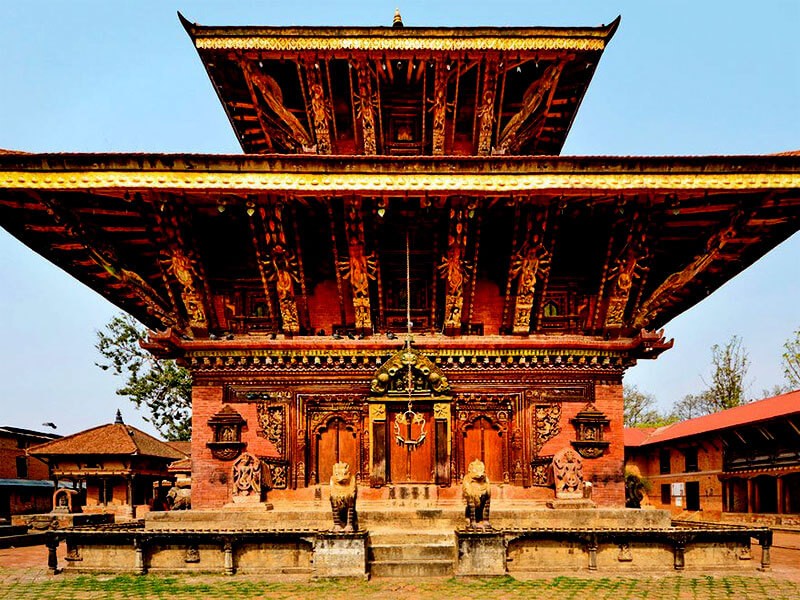
There are additional astonishing art and statues that you can see while visiting the temple from the right side after entering from the main entrance to the courtyard:
- A historical pillar of 464 AD
- Garuda: The mythical creature with a human face used by Lord Vishnu as a flying vehicle, as well as a devotee of Lord Vishnu.
- Statue of Bhupalendra Malla, king of Kantipur, and his queen Bhuwan Lakshmi
- Chanda Narayan (Garuda Narayan): 7th-century stone sculpture of Vishnu riding on Garuda.
- Sridhar Vishnu: 9th-century stone sculpture of Vishnu, Laxmi, and Garuda, which stands on the plinth of various motifs.
- Vaikuntha Vishnu: the 16th-century sculpture of Vishnu seated on the Lalitasan(a kind of position); the six-armed Garuda and Laxmi seated on the lap of Vishnu.
- Chhinnamasta: Temple dedicated to Chhinnamasta Devi, who beheaded herself and offered to feed hungry Dakini and Varnini.
- Vishworup: 7th-century Stone sculpture depicting the scene from the Bhagwat Gita in which Lord Krishna (an avatar of Lord Vishnu) manifests his universal form to his devotee Arjun.
- Vishnu Vikrant: a 7th-century sculpture of Trivikram Vishnu depicting the scene of Lord Vishnu and his beloved Bali Raja
- Narasimha: 7th-century Sculpture of Narsimha, an incarnation of Lord Vishnu, killing the demon King Hiranyakasyapa to save his beloved devotee Prahalad Bhakta (son of King Hiranyakasyapa)
- Kileshwor: Two-storied temples of Lord Shiva, who is believed to have appeared in this place for the protection of the hill.
Changu Narayan Temple especially showcases the diverse avatars and magic of Lord Vishnu. Since Lord Vishnu was regarded as the preserver of the universe, Changu Narayan Temple outlines a few stories about Lord Vishnu and his deeds to preserve the universe. Both Changu Narayan Temple and Pashupatinath Temple are hugely precious and sacred as per Hindu mythology, where one is dedicated to Lord Vishnu, and the other to Lord Shiv, respectively, and both are UNESCO World Heritage Sites. But Changu Narayan temple is quite far away from the main city and market, which also provides the opportunity to escape the urban chaos. Conversely, it makes it quite difficult to reach Changu Narayan Temple, so it is better for tourists and visitors to take the support of a reliable guide and tour agency.
Nepal Adventure Team has tour packages for the Kathmandu Valley Tour 2 Days: a UNESCO World Heritage Site, which can also be customized. You can check the different tour and trek packages on its website.
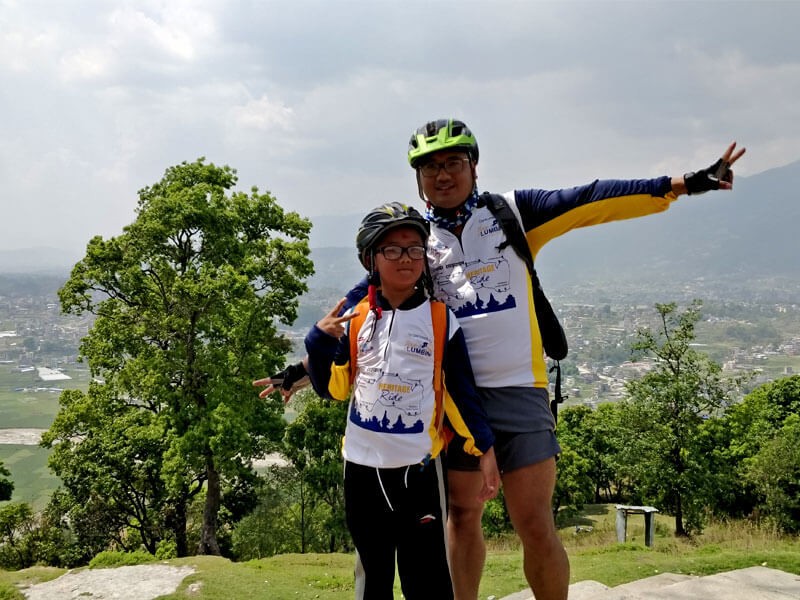
Entrance Fees:
- SAARC Nationals: NPR 100
- Chinese Nationality: NPR 300
- Foreign Nationals: NPR 300
- Nepalese Nationality: Free
Personal Tips
- Carry personal ID certificates (passports).
- It is better to carry some cash while touring in Nepal.
- “Namaste” is widely practiced in Nepal, so you can use Namaste instead of hello/hi to begin any conversation. Nepalese adore the foreigners using Namaste.
- If you lose your group/ tour guide, you can communicate with the tourist police residing in every tourist area.
- Most of the Nepalese know the English language, so you can easily communicate with locals.
Do’s and Don’ts
- According to local custom, you can get into temples and holy places after taking off your shoes.
- Don’t bring anything with fur, leather products inside the temples.
- Watch the notice for photography and do not take photos of temples/statues without permission. At some of the places, you may not take your cameras, and the authorities will return your camera after you visit the concerned area/temples/monuments.
- Do not wear a hat/ cap inside holy places as a temple, or while praying to gods in Nepal.
- Nepalese lit fire and incense, which they regard as holy and religious, so value it while visiting and do not litter in those areas. If you face an allergy or difficulty due to the aroma of incense, you can use a mask to cover your nose and mouth.
- Do not touch any elements/assets with your feet or stretch your feet towards them.
